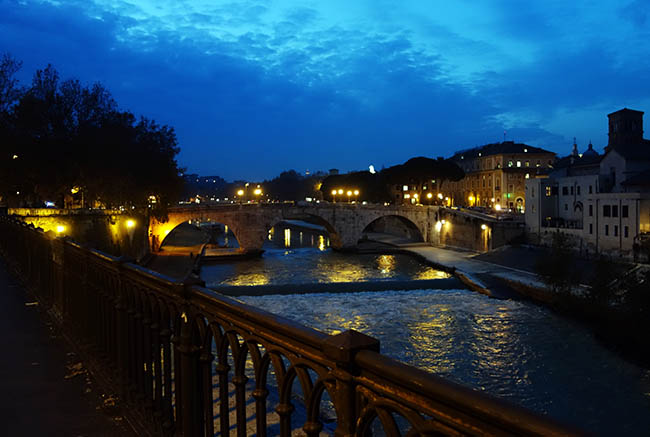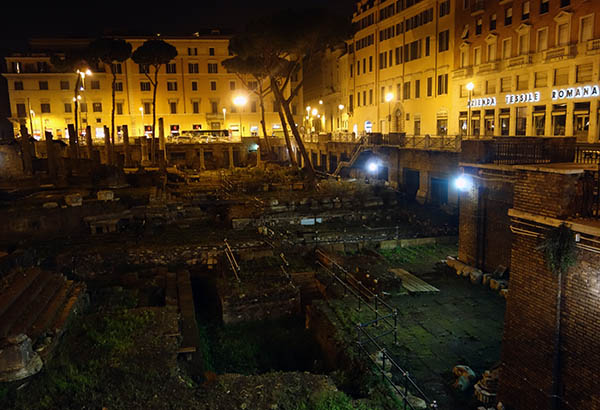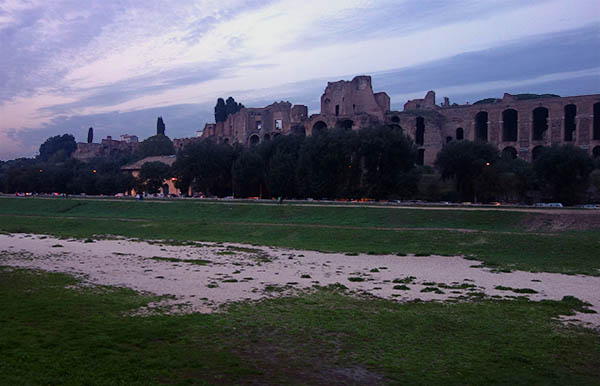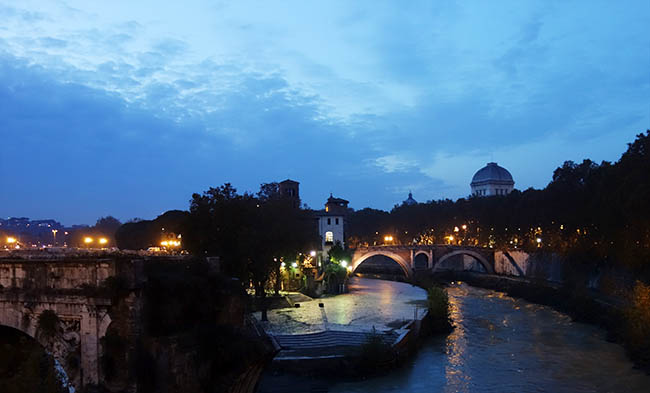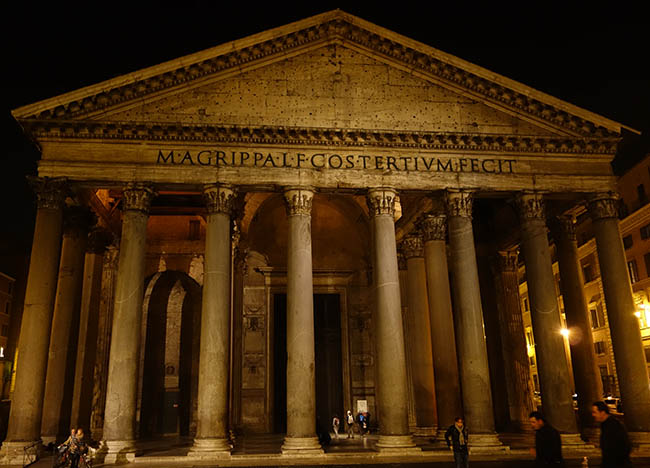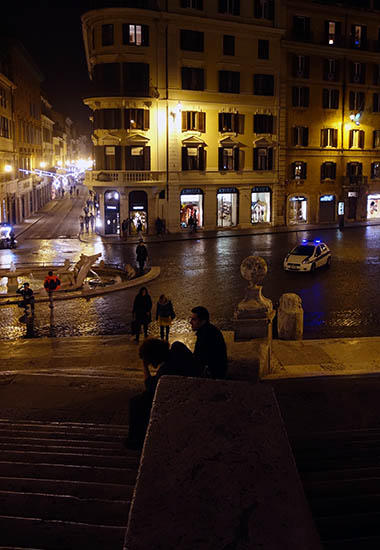To travel from Lucca to Rome by train takes about 4 hours. The train goes through Pisa and then along the Mediterranean coast for some distance, before veering inland. Your mental image of Italy might be a flat plain, but much of the country is hilly or mountainous (not ‘mountains’ in the sense of the Rockies or Andes, but at least rocky enough not to be arable.
In some sense, Rome was the reason we chose to visit Italy. After all, it was the history of the Roman Empire and Republic that drove much of their history (and the part of Italy’s history that was most innately interesting to me was that of the Roman Republic and Empire, not the Renaissance). And Rome is one of the greatest cities in the world, standing right alongside New York, London and Tokyo. We’d scheduled almost half of our trip (6 days) in Rome and the surrounding areas. Now, leaving Lucca, we sped towards the eternal city.
What of the physical geography of Rome? We couldn’t even begin to see all of Rome in a single visit, but stayed in a few major sections. Overall, Rome is divided into rough Eastern and Western halves by the Tiber river. The bulk of the city lies on the Eastern half, including the old city, which contains many of the most prominent ruins (as well as being the tourist district). This part of the city inludes the Pantheon, Trevi Fountain, and Spanish Steps, along with lots of fancy shops and museums.
We stayed at two AirBnBs in the southwestern part of the city, in the district of Trastevere. This was described to us as the “Roman Brooklyn,” a somewhat less visited artistic district with more community, winding streets, vines on the buildings. The northwest of Rome is separated from Trastevere by a longish park and hill; the whole area is dominated by the Vatican, and there are a great many priests and nuns on the streets.
In terms of feel, Rome was totally distinct from other cities. It is, after all, a city that has been continuously occupied for over 2500 years, and which was the dominant city in the western world for much of that time. Because of this, there are a ton of layers. Many buildings are half Roman Empire, half modern office building. Apparently Freud had some deep fear of the layers in Roman cities – of all the things that had happened under his feet. If you suffer from OCD and want a clean, orderly city, avert your eyes.
To make matters worse, in stark contrast to every other Roman city, the streets are very disorderly throughout the city. This is because the city was sacked by barbarians very early in the history of the Roman Republic, and the Romans – only one of many powerful Italian groups – rebuilt very quickly. In contrast, most other Roman cities were based on army garrisons, which were laid out in incredibly strict grids.
Arriving in Rome, we passed through the Circus Maximus and crossed over the Tiber, making a beeline for our first AirBnB location. This was on a very busy street, bookended by playgrounds and with lots of people. It felt like one of the outer burroughs of NYC… so a bit like Brooklyn. We had a real moment of horror trying to find the building, before realizing that streets in Rome are numbered so that one side increases and the other decreases – like Boustrophedon (at least, this one was).
After dropping off our bags, we went out to take a look around. At this point I had some waking nightmare that the Pantheon, which had stood for two thousand years, would somehow collapse before we arrived. Thankfully, it was still standing. Our first mission was to eat, and we found a spectacular pizza place nearby on a little side street. We got a pesto pizza and Alex’s first calzone. This was undoubtedly my favorite pizza place of the 6-7 we tried in Italy – and it had some stiff competition. The crust was great, and there was a ton of cheese and tasty toppings including cherry tomatoes and potato. We’d return towards the end of our stay for an even better meal.
Next, totally bloated and overwhelmed, we crossed the Tiber to check out the old city. It’s relatively compact, and there’s a few major sights in this area: the Pantheon, the Trevi Fountain, and the Spanish steps. Although the sights were pretty, the only one that I really loved was the Pantheon (and it’s the inside that’s impressive – it was closed at night). To me, this area felt impersonal and really seemed to cater to wealthy Americans looking to live it up in fancy hotels. But it was nice to see at night while it was quiet out.
We ended up visiting the Pantheon three times: at night, during the day, and during rain. It was accessible and near where we were staying. That first night, it wasn’t very impressive.
Next, we headed to the Trevi Fountain. Thankfully, we knew in advance that it was closed, and basically the entire face was covered in scaffolding. It hadn’t been on my ‘to-see’ list anyway, but it was between the Pantheon and Spanish Steps.
The Spanish Steps were pretty overwhelming… as far as steps go. We sat around in this area for a while. Even late at night, it was overwhelmed with hawkers trying to shove roses at us face, or little rubber band helicopters. While we were sitting on the third flight of stairs, two guys showed up one flight below us. With bongos.
I’m not a huge fan of bongos. I don’t think many people are. And this guy wasn’t particularly good, just a hippy-type looking to make noise. His friend say next to him and watched him play. Thus, it was perhaps the highlight of the night when a police car showed up and a cop got out and told the guy to shut up. The bongo-ing stopped, and cop went back to the car. It was clear the bongo guy was just waiting for the cop to leave, and the cop was staying.
This Mexican standoff continued for the duration of time we were at the steps, which was quite a while.
After that, exhausted from wandering around, we wandered back to the apartment to get enough sleep for another busy day in Rome.
